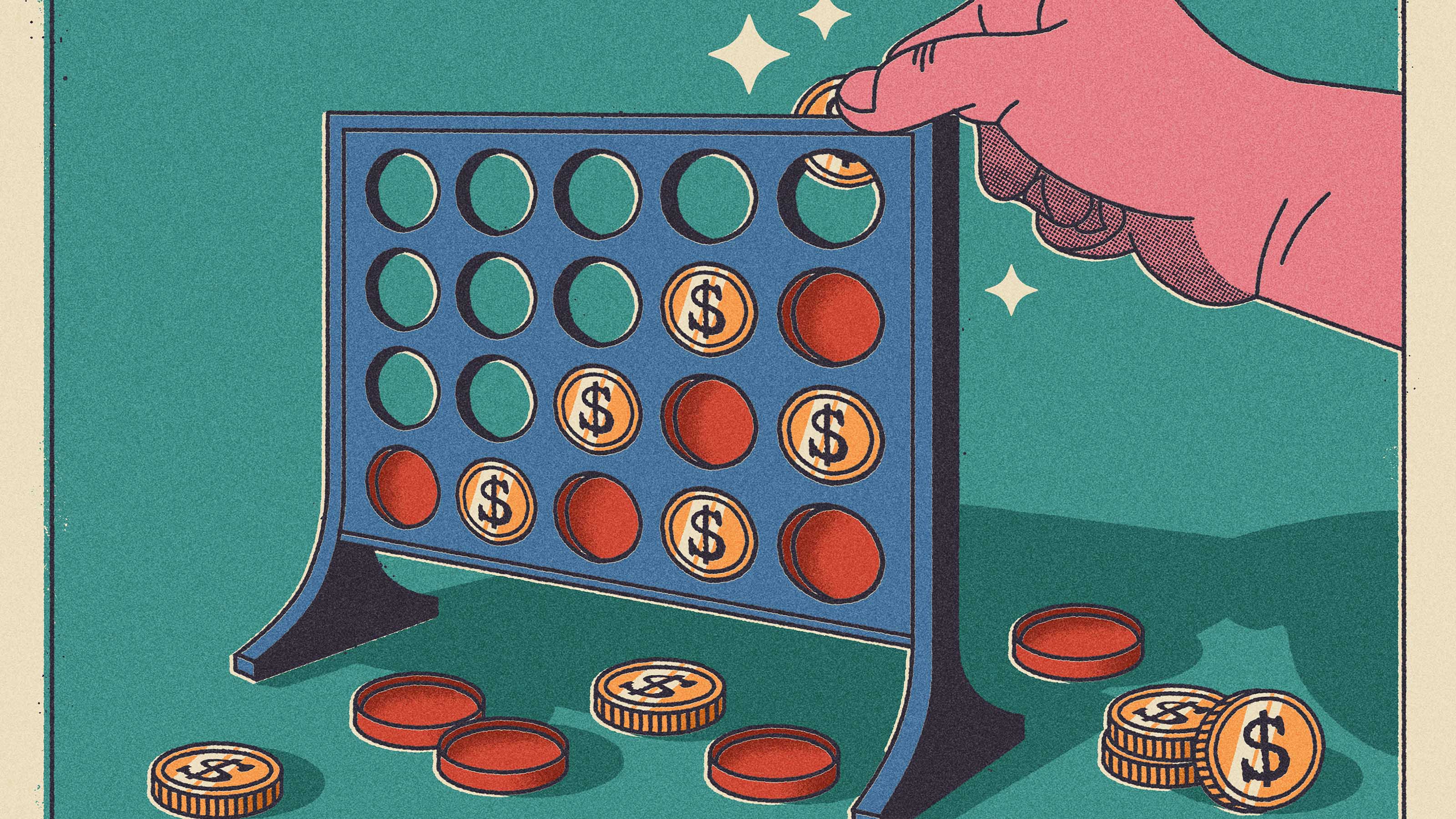Learning From My Misguided Attempt to Beat the Market
Selling quality stocks was just one of the mistakes.


I knew the Practical Investing portfolio was lagging its benchmark badly, so I did what I thought any reasonable person would do: I stopped looking at it. After all, contemplating my underperformance gave me a headache, and I could think of a million better things to do than stare at my investments all day.
But a reader, who was thinking about shifting from investing in index funds to picking her own stocks, asked about the portfolio’s performance. So I took a peek at the numbers, then sighed. Despite a great return during my sabbatical, the portfolio’s results since its launch in October 2011 have been underwhelming. Through August 31, the portfolio, which is now worth $283,384, earned 49% (or 8.3% annualized). However, my bogey, Vanguard Total Stock Market Index ETF (symbol VTI), returned 84% (13.0% annualized). Normally, a return of 8% a year would be just fine. But compared with the benchmark, my results seem paltry.
Naturally, this caused me to think about Kiplinger reader surveys that show most of you like my column. Perhaps its popularity is like the popularity of “Dear Abby.” People read the letters from desperate writers and think: “Well, I may have just lost my job, but at least I’m not married to a drug-addicted thief. Things could be worse.”

Sign up for Kiplinger’s Free E-Newsletters
Profit and prosper with the best of expert advice on investing, taxes, retirement, personal finance and more - straight to your e-mail.
Profit and prosper with the best of expert advice - straight to your e-mail.
Better elsewhere. Interestingly, my long-term results outside the Practical Investing portfolio look much better. My overall portfolio, of which Practical Investing is just a small part, returned 10.0% annualized over the past 10 years, compared with 7.8% a year for the Total Market ETF.
So what on earth is wrong with the Practical Investing portfolio? Among other things, I realize that I’ve deviated from my normal style, which is to buy things and then completely ignore them, in this open-to-all-eyes portfolio. Do they win? Do they lose? I don’t really know. I hang on unless something happens that turns me off to a company.
Out of curiosity, I checked to see how I would have fared had I kept every stock I bought at the outset of my Kiplinger portfolio. Despite three picks that turned out to be dogs—Schnitzer Steel Industries (SCHN), Chinese online media company Sohu (SOHU) and Stone Energy (SGY)—I calculate that the portfolio would have been worth almost $40,000 more today and that I could have claimed a better (though still-lagging) return of 69%, or 11.1% annualized.
The past five years have been tough for fund managers everywhere. Barron’s recently explained the phenomenon with a thoughtful piece about “the unusual set of obstacles” that have plagued actively run funds since the financial crisis of 2008. Among other things, central banks everywhere have driven down interest rates to microscopic levels. That in turn has increased demand for stocks and pushed up prices for nearly all shares because investors get little to no income from bonds and bank accounts. Oddly enough, it also created an environment in which speculative stocks have outpaced the sort of well-established, high-quality companies that I (and many fund managers) prefer. Moreover, because returns on cash are negligible, any cash cushion you hold to guard against a steep decline also drags down returns. In short, it’s an environment that fries anyone who is even slightly risk-averse.
Beyond that, my misguided attempts to beat the market by selling high-quality stocks, such as Lockheed Martin (LMT), to buy lower-quality stocks, such as Acacia Research (ACTG), which subsequently blew up, hurt returns. As a result, I am returning to my old, boring approach to stock picking. In the meantime, if you want a real confidence booster, compare my portfolio’s returns with your own. You’ll doubtless walk away saying, “Sure, I haven’t been able to beat the market. But things could be worse.”
Get Kiplinger Today newsletter — free
Profit and prosper with the best of Kiplinger's advice on investing, taxes, retirement, personal finance and much more. Delivered daily. Enter your email in the box and click Sign Me Up.

-
 Two Don'ts and Four Dos During Trump's Trade War
Two Don'ts and Four Dos During Trump's Trade WarThe financial rules have changed now that tariffs have disrupted the markets and created economic uncertainty. What can you do? (And what shouldn't you do?)
By Maggie Kulyk, CRPC®, CSRIC™
-
 I'm Single, With No Kids: Why Do I Need an Estate Plan?
I'm Single, With No Kids: Why Do I Need an Estate Plan?Unless you have a plan in place, guess who might be making all the decisions about your prized possessions, or even your health care: a court.
By Cynthia Pruemm, Investment Adviser Representative
-
 I Have $20,000 to Invest. What Should I Do?
I Have $20,000 to Invest. What Should I Do?We asked a financial expert to weigh in on where to invest $20,000.
By Charles Lewis Sizemore, CFA
-
 How to Master Index Investing
How to Master Index InvestingIndex investing allows market participants the ability to build their ideal portfolios using baskets of stocks and bonds. Here's how it works.
By Nellie S. Huang
-
 16 Low-Cost ETFs to Buy
16 Low-Cost ETFs to BuyExpense ratios for index funds have declined in recent years, making them a cheap investing strategy to consider. Here are 16 low-cost ETFs to consider.
By Kyle Woodley
-
 How to Beef Up Your Portfolio Against Inflation
How to Beef Up Your Portfolio Against Inflationinvesting These sectors are better positioned to benefit from rising prices.
By Karee Venema
-
 Taxable or Tax-Deferred Account: How to Pick
Taxable or Tax-Deferred Account: How to PickInvesting for Income Use our guide to decide which assets belong in a taxable account and which go into a tax-advantaged account.
By Nellie S. Huang
-
 Smart Investing in a Bear Market
Smart Investing in a Bear Marketinvesting Here's how to make the most of today’s dicey market.
By Anne Kates Smith
-
 How to Open a Stock Market Account
How to Open a Stock Market Accountinvesting Investing can be fun, but you need a brokerage account to do it. Fortunately, it’s easy to get started.
By Rivan V. Stinson
-
 The Right Dividend Stock Fund for You
The Right Dividend Stock Fund for YouBecoming an Investor Dividend stock strategies come in many different flavors. Here's what to look for.
By Adam Shell